Jim Chapman explains the fundamental differences between hunting in the UK and USA
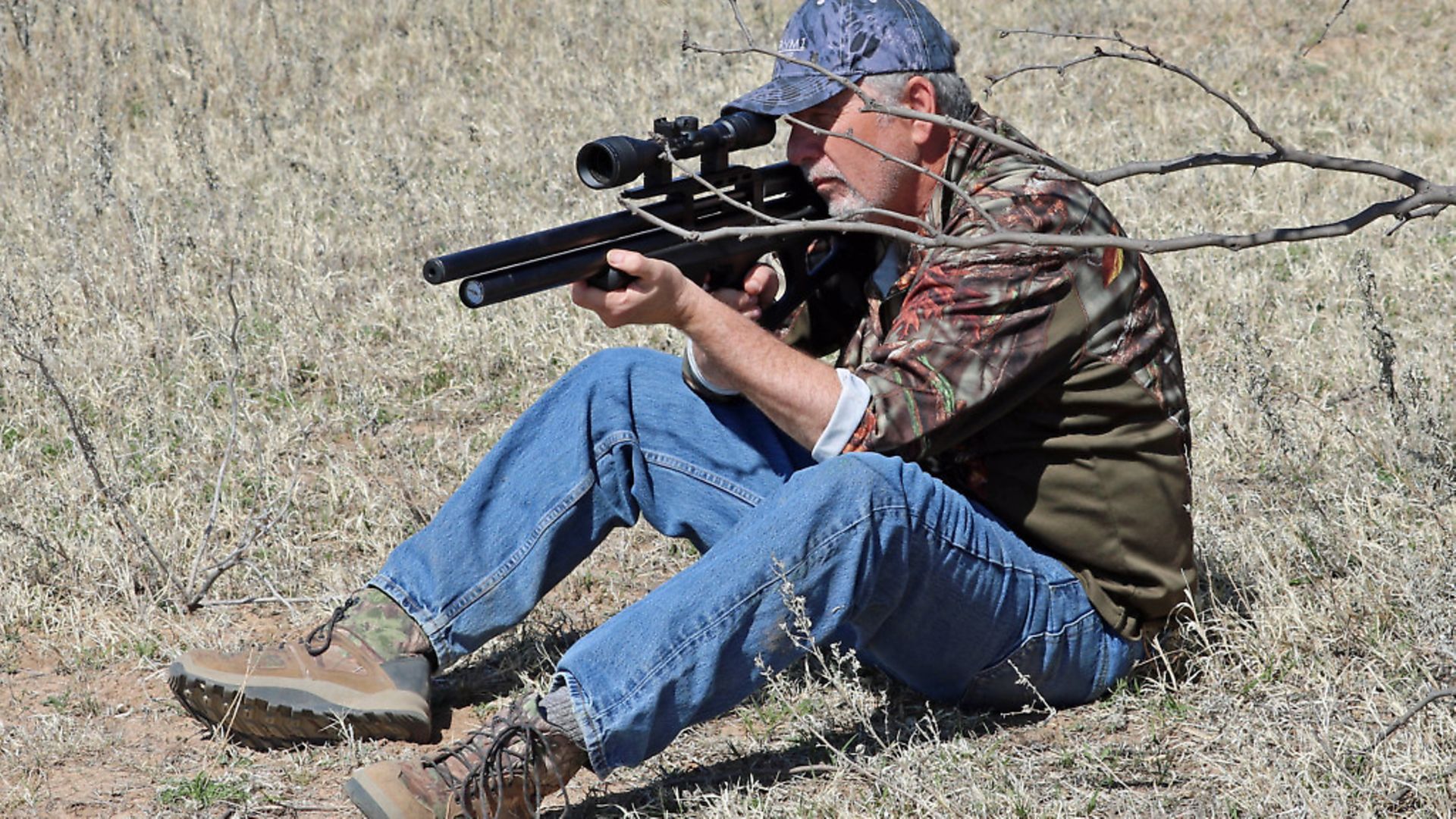 credit: Archant
credit: Archant
If you live in an area that offers only small game species, such as squirrels, rabbits, pigeons, and other small vermin, one rifle is probably suitable for anything you might encounter. For instance, if I lived and hunted in the UK with legal limit rifles, I would be quite satisfied using a .177, or perhaps a .22 for all my field work. If hunting the same region (and species) with an FAC gun, I'd probably opt for a .25 in a 40 fpe rifle, because under the conditions and the types of quarry I'd be pursuing, this would provide me with a good all-around hunting platform. The legal limit guns would be fine because the game is all relatively small in body size, and there wouldn't be a pressing need for long-range shooting because my preference would be to close the distance utilising fieldcraft.
However, there are a couple fundamental differences in the States that impact how we hunt, and the guns used. First is the variety of game that can be hunted with an air rifle, which ranges in size from a squirrel to an elk. The second consideration is that in some of the terrains to be found here, there is often a need to take longer shots. I'm thinking of prairie dogs and ground squirrels, which are hunted on the wide-open plains and prairies with very little cover to make a close approach. Either of these situations are better suited to a larger calibre or more powerful air rifle, which might require multiple rifles in a hunter's gear rotation, but before discussing rifles and calibre selection, let's clarify nomenclature with respect to quarry.
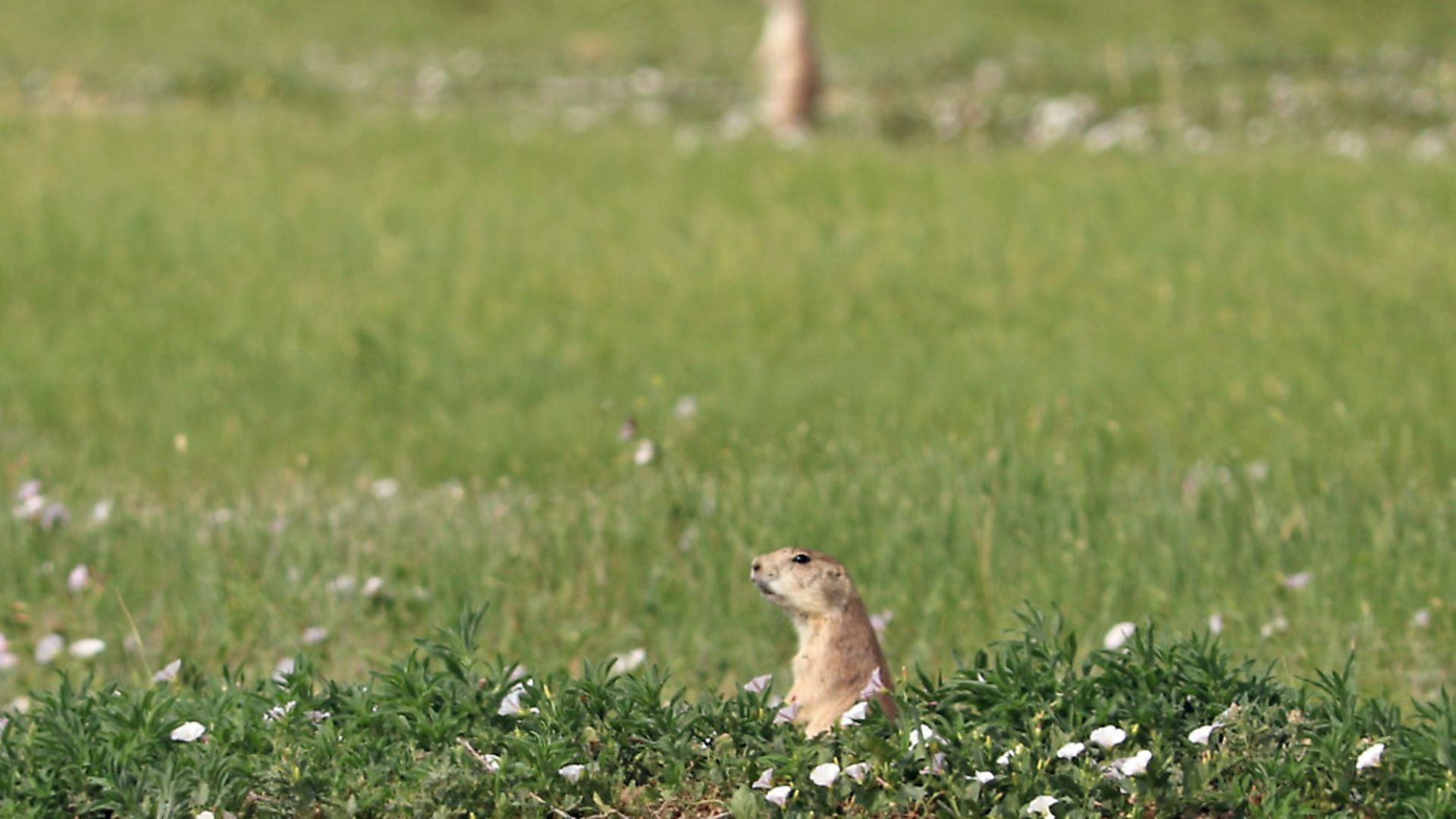 credit: Archant
credit: Archant
Small games
In the context of this article, small game refers to the usual suspects: squirrels, cottontail rabbits, and pigeons, which are roughly equivalent to those species hunted in the UK. However, we also hunt jackrabbits (desert hares) which can grow to 5kg; woodchucks, turkey, raccoons, and other species that can go north of the 10kg mark, so a larger calibre and more powerful rifle can be advantageous. It should be noted that the use of these higher-powered rifles doesn't release the hunter from the obligation to optimise shot selection and placement - it just improves confidence levels and provides a little latitude.
The other difference when hunting small game on our side of the pond is that the typical distances at which game is shot could be quite a bit further. I believe that the challenge of using one's stalking skills to close in on game before taking a shot is the attraction of airgun hunting, but there are situations in which the definition of 'close' range diverges. When hunting squirrels in the woods, or rabbits around the farm, a 35 or 40-yard shot might be the norm. However, when stalking into a prairie dog town on the South Dakota prairies there is often nowhere to hide, and closing to within 75 yards might be very difficult. So even though the animal is small, about the size of a big rabbit, the fact that the shot might need to be taken at 75 yards rather than 40 would argue for a larger calibre and a more powerful rifle.
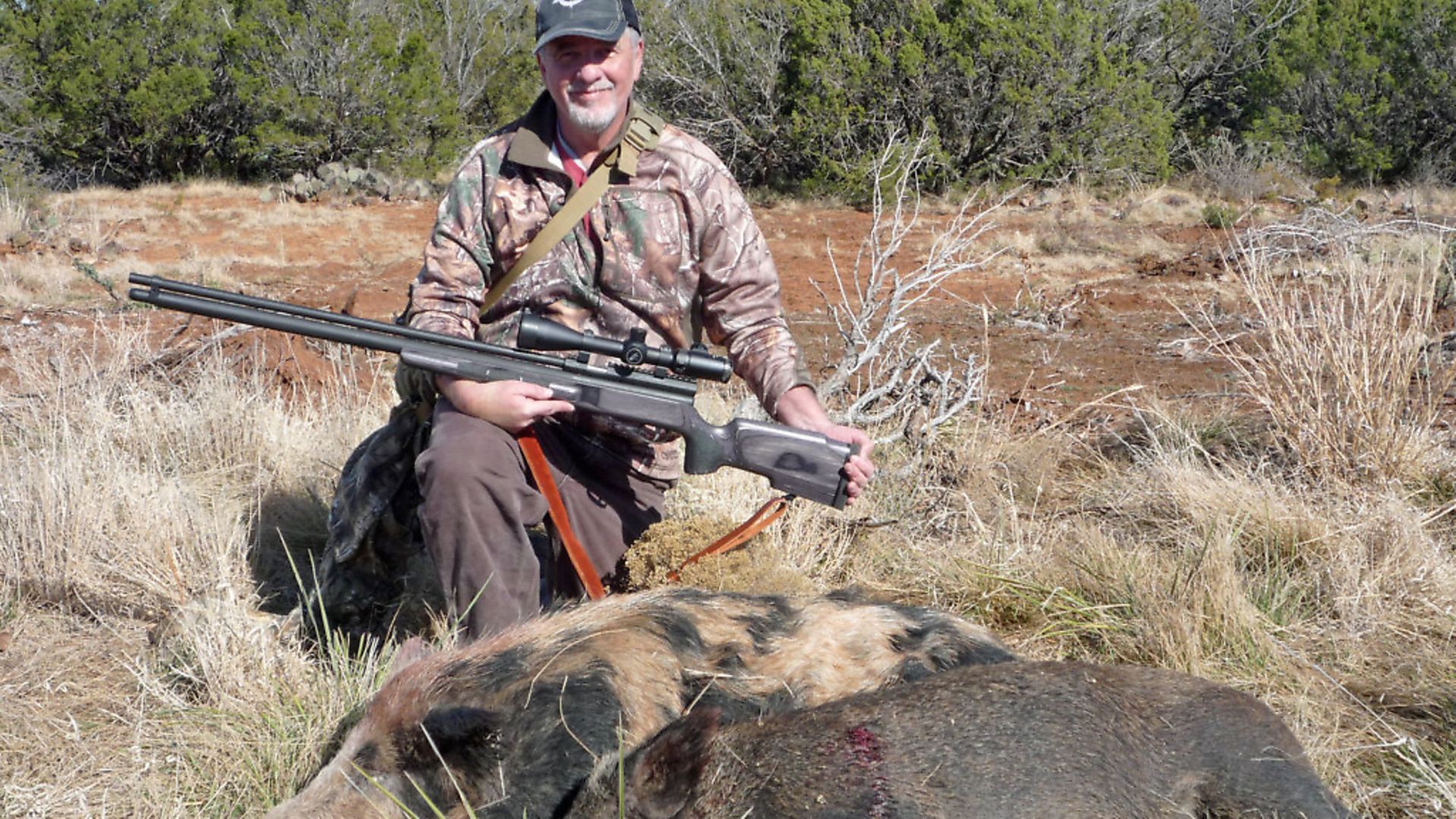 credit: Archant
credit: Archant
Bigger game
When speaking about bigger game species in North America, our game laws have been evolving with respect to airguns over the last decade, and many states now allow appropriate big-bore airguns to be used for javalina, deer, pronghorn, elk, and other regulated big game species. Most states that allow this method of take have minimum requirements of .35 or .40 calibre, minimum energy outputs, or combinations of the two. Guns that are suited to this application, besides being quite powerful, are designed to work with cast lead bullets, and approximate the terminal ballistics of a large calibre handgun or a black-powder rifle.
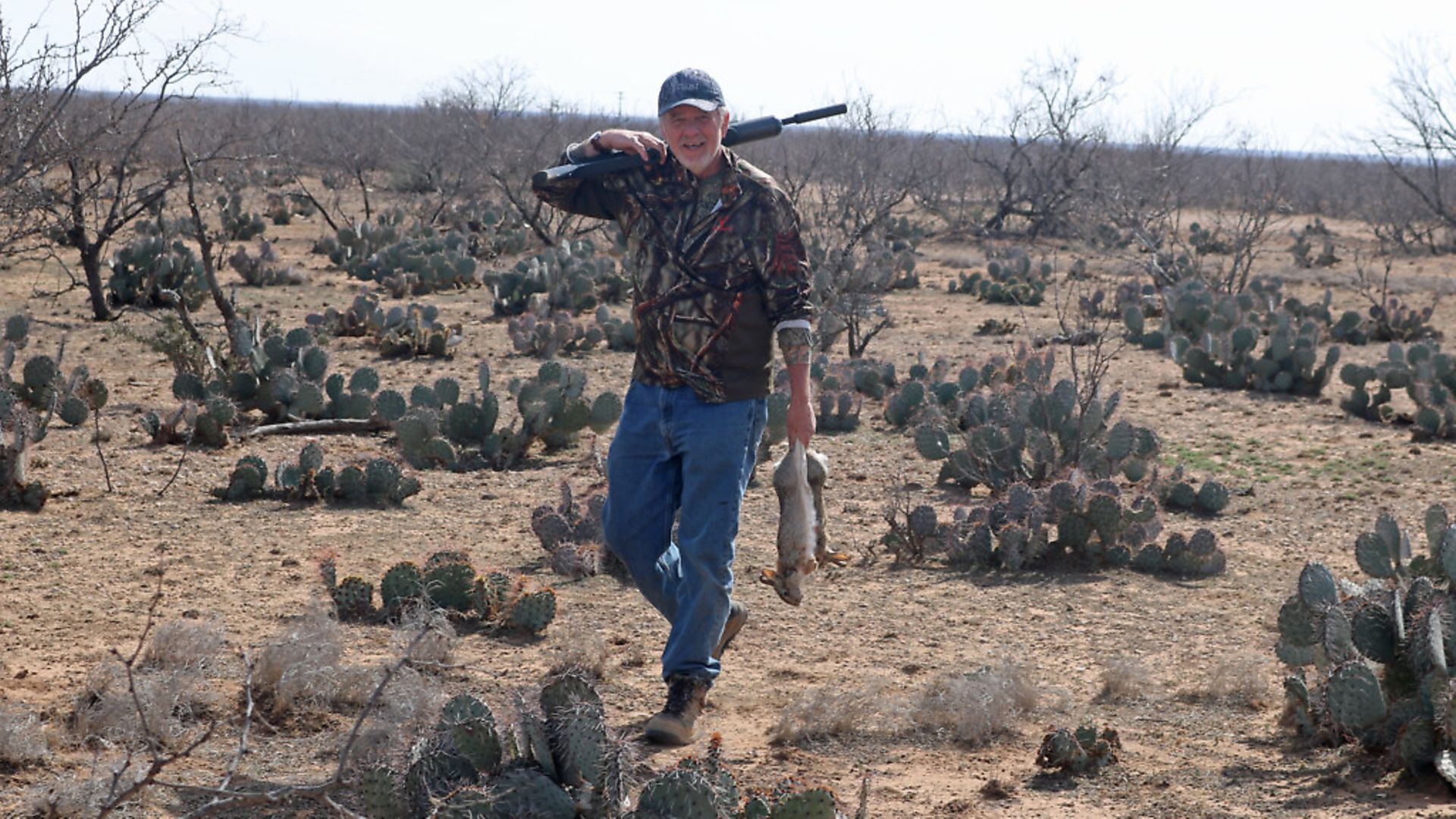 credit: Archant
credit: Archant
Grey area
There are animals that fall in a grey zone between small game and big game, but not only because of size. Coyote, bobcat, and feral hogs are all larger than the animals I've described as small game, on one hand, but are listed as predators or 'invasive species' in the case of feral hogs, and don't carry the same regulatory restrictions as big-game species.
For example, a javalina is classified as a game animal; it has seasons, limits, and Texas law states that an air rifle of .35 calibre generating a muzzle velocity of 215 fpe is the minimum legal limit. Feral hogs, on the other hand, are an invasive species that cause large-scale environmental and financial damage, and so are classified as vermin and can be taken at any time, by any means, and in any numbers. The regulatory classifications of these two animals mean that if while out hunting rabbits with my FX Impact .30, I come across a javalina, this rifle would not meet the minimal regulatory requirements. However, if I came across a much larger feral hog, this animal could be taken.
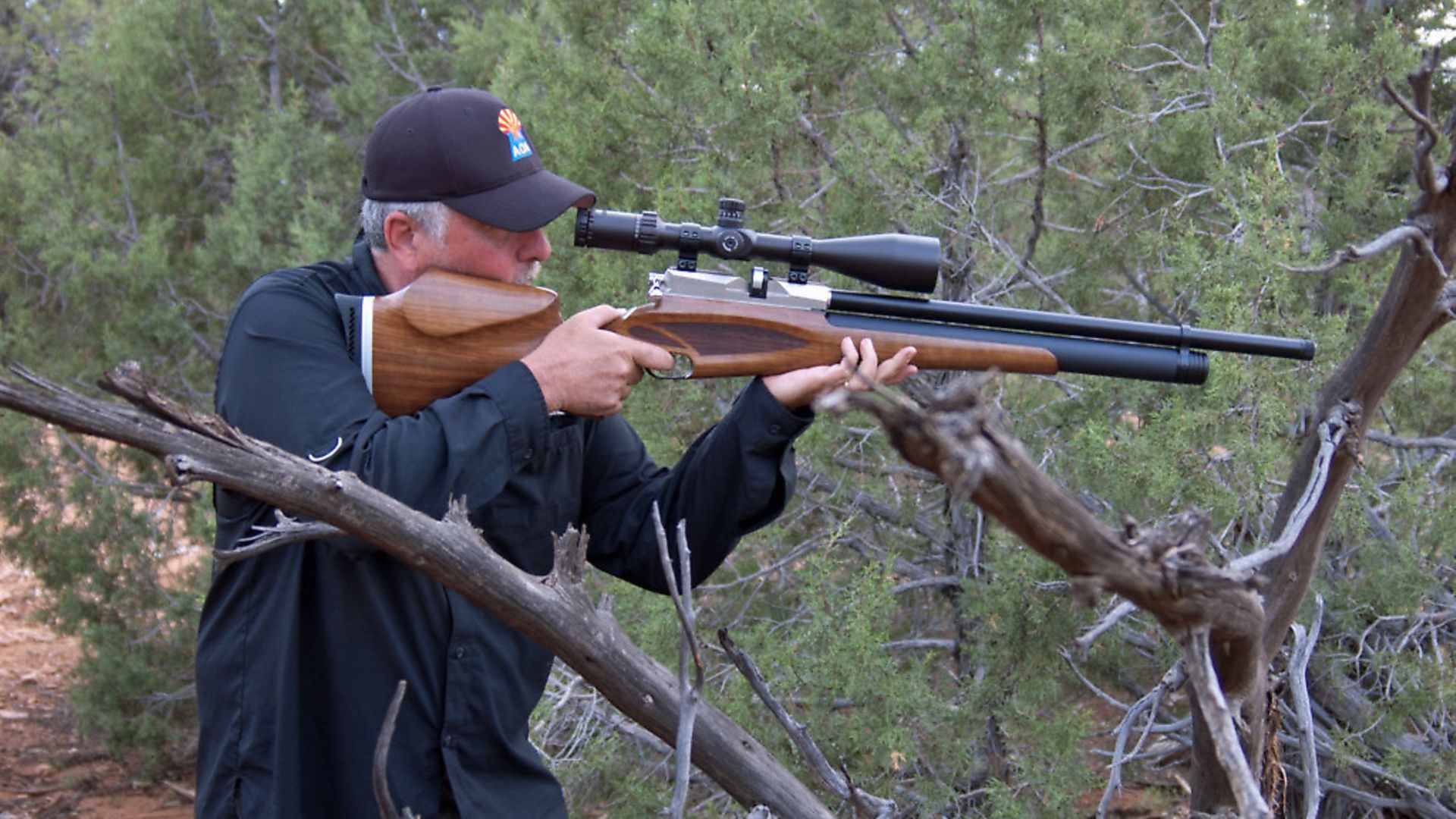 credit: Archant
credit: Archant
Varied opportunities
I often travel on extended trips that present varied hunting opportunities. For instance, I'll travel to Texas to hunt deer and javalina, which require the .35 calibre/215 fpe minimum mentioned previously., but I'll also go out to do pest control shoots on jackrabbits, predators, and hogs. This requires multiple rifles based on the size of quarry and legal requirements, but since these hunts tend to be targeting a specific quarry, I can select and carry the optimal gun for the individual hunt.
In this scenario, a rifle is chosen that best suits the quarry, range, and field conditions anticipated for that hunt. I will take my AirForce .457 Texan, shooting a 220-grain, cast-lead hollow point that generates 600 fpe when hunting deer, knowing that the only time I'll squeeze the trigger is to harvest a deer. Later, when I go out night-predator calling, I know that a coyote, bobcat, or fox is the targeted species and that shots will typically come at 50-100 yards. For this application, a flat shooting .308 (out of another of my Texans) at 180 fpe will do a fine job.
Opportunistic
The other scenario in which I might take multiple species is more down the line of an opportunistic hunt For instance, I start out with the intention of bagging a couple of rabbits for the stew pot, and the opportunity arises to eliminate a coyote or a feral hog. If you are hunting on a working ranch and pass on the chance to take out a coyote or a hog, you've done a disservice to the rancher. This is the reason I carry a .30 calibre rifle set-up for Diabolo-style pellets, putting out approximately 90 fpe of energy when hunting small game in Texas. Whilst this constitutes much more gun than is needed, it is not ridiculously over-powered for even the largest jackrabbit, but if I walk up on a pig and can get inside of 60 yards for a head shot, I am very confident that the rig will drop the boar on the spot.
I book several combination hunts in Texas every year for javalina, feral hogs and small game and am asked by the hunters which guns to bring along. My recommendation is a two-gun battery: a powerful big-bore such as the AirForce Texan in .457 or .357 as primary hog gun, and a .25 or .30 calibre rifle designed to shoot Diabolo pellets such as the FX Crown, for small game and predators. I feel that these two rifles cover a range of quarry and provide some important overlap: if you're out after a trophy boar with the .457 and you get a chance for a bobcat, you're good to go! Conversely, if you're out after jackrabbits with your FX Crown .30 and kick up a small hog, stay inside of 60 yards, go with a headshot, and you've got a pig for the barbecue!
__________________________________________________
Read more from Jim Chapman...
My move to shooting sticks
Hunting in America with an entry level PCP
Hunting rabbits in the Texas desert